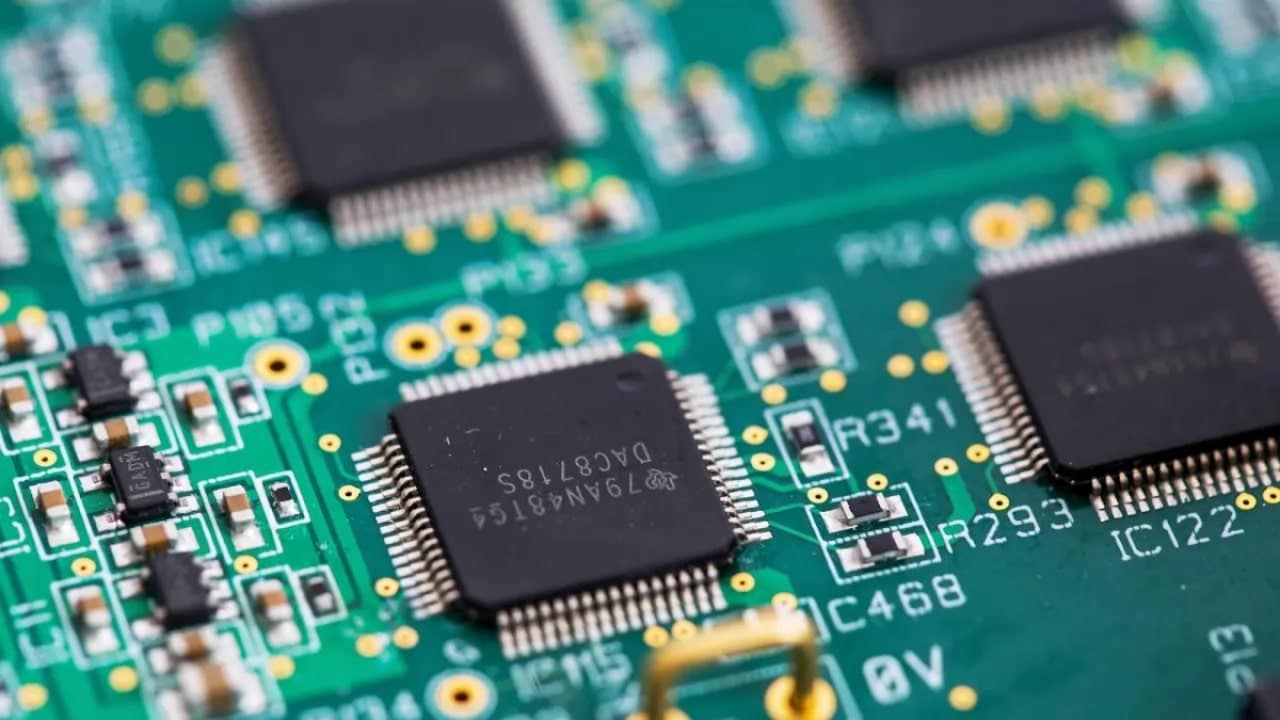The chip crisis it is not (unfortunately) a recent drama. The procurement of semiconductors has been difficult for about two years, with visible consequences, even for those who do not follow the world of technology with attention and passion.
Think about how difficult it is to find PlayStation 5.
Or how much the delivery times of a notebook have increased.
Or again, how the telephony market has changed, with products that were previously available starting from the official announcement while now weeks pass before they can actually be purchased and used.
We owe all this to the chip crisis. And now things will get worse.
The Russia-Ukraine war and the chip crisis
A chip is made up of a lot of different components and materials, including the neon. Too bad that two of the largest neon suppliers in the world – Ingas e Cryoin – are found in Ukraine and they had to stop production due to the Russian invasion, thus reducing stocks and causing neon prices to rise.
All of this could lead chip makers to face a new problem and further reduce production: “If stocks are exhausted by April and chip makers have no other orders from other regions of the world, we will likely face new chain constraints. supply and the inability to produce the chips needed by many key customers “, explained Angelo Zino, CFRA analyst
Think the only one Ingas produce 15,000 – 20,000 cubic meters of neon per month for companies located in Taiwan, Korea, China, the United States and Germany, thus fueling a large part of the sector. However, the Ukrainian company is based Mariupol, a city that has been under siege for days. Russian forces are doing all they can to take possession of this important urban center, with dire consequences to say the least. A hospital was destroyed on Wednesday, an action that Kiev and the rest of the world have described as a “war crime”. Moscow, for its part, justified itself by saying that the structure was not functioning and was occupied by Ukrainian fighters but the images seem to testify to a completely different truth.
Cryoin invece produce 10,000 – 15,000 cubic meters of neon per month, it is found at Odessa and had to stop production on February 24, when the invasion started. Larissa Bondarenko, business development director, said the company will not be able to deliver the 13,000 cubic meters of neon ordered by its customers; furthermore, Bondarenko explained that Cryoin will be able to afford a maximum of three months off, not to mention that, should the equipment be damaged, the costs and times for restarting will become very high and resuming production would be rather complex.
You understand how this situation can make chip production really difficult. Not so much for the giants of the sector, which have more purchasing power and greater stocks, as for the smaller companies.
It is also true that, in this panorama, some new company could enter this market, with the intention of replacing the two Ukrainian suppliers but at what cost? And with what prospects? It takes from 9 months to 2 years to be able to achieve satisfactory results in this sector, without, however, the certainty of becoming one of its leaders. In short, what would happen if in a few weeks the war stopped and Ingas and Cryoin were back on track? For newcomers, revenues would be reduced, risking not being able to balance the amount invested at the beginning.
It is therefore difficult for anyone to make this choice, perhaps abandoning safer and more stable productions, which leaves chip manufacturers running out of neon, without any kind of certainty for the future.
🔴 LIVE Russia-Ukraine: news from the “digital” front in real time















Leave a Reply
View Comments